We may receive a commission when you use our affiliate links. However, this does not impact our recommendations.
Is Greene & Greene actually a part of the Arts & Crafts Movement? Lately, there has been discussion that would bring this into question. It is undeniable that their work was highly refined and stands apart from the other makers of the era. So, is it possible they were simply lumped together with their contemporaries out of convenience?
The American A&C Movement was a celebration of craft. It paid homage to useful things made by hand. Elements of utility were given a position of prominence. Leading American proponents of the movement, such as Gustav Stickley, eliminated adornment, or kept it to a minimum. Joinery, being a thing of utility, was often employed as the only embellishment. Because of this, we often think of American Arts & Crafts furniture as being “austere”.
The Greenes could never be described as austere. A tour of the Gamble House can leave one in a state of sensory overload. Their use of details and variations of details gives was prolific. Largely because of this, it has been argued that the Greenes rightfully belong in the Aesthetic Movement, which embraced adornment.
But the Arts & Crafts Movement was more of a philosophy than a style. It was a reaction to the Industrial Revolution which produced shoddy products. Among other things, the Movement sought to honor purpose and utility.
Like Stickley, the Greenes employed joinery as an aesthetic element. That alone would not be enough for placing them in the A&C Movement though. There is a more compelling reason.
Every element in the Greene & Greene world, down to smallest of features, was infused with purpose. Even with a myriad of details, there was yet a frugality to their work, but without austerity. Nothing of a superfluous nature was allowed to exist.
Henry Greene stated it this way in the September 1912 issue of Stickely’s Craftsman Magazine:
“The idea was to eliminate everything unnecessary, to make the whole as direct and simple as possible, but always with the beautiful in mind as the first goal….”
The key was the manner in which the details were used. To better illustrate this lets go back and take a closer look at an example from the Aesthetic Movement.
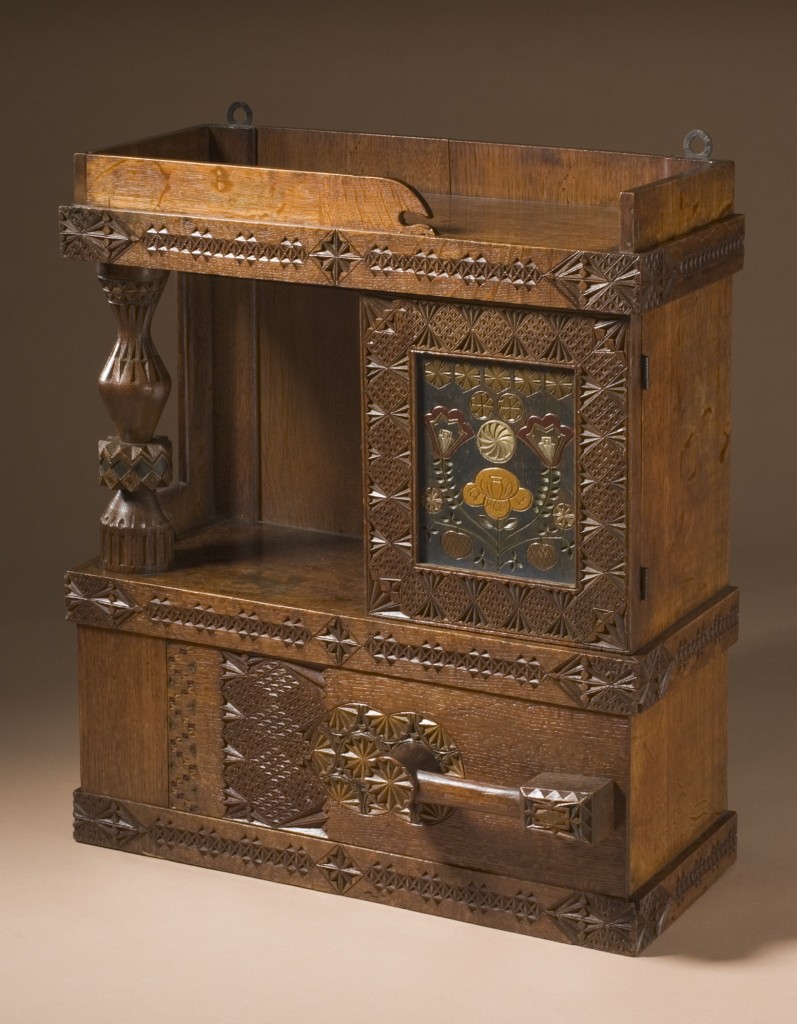
“Étagère” by Elena Polenova. Russia, Prototype designed 1885, made circa 1900. Oak. Source: http://collections.lacma.org/node/210771
Note that the details are used as surface adornment made to fit a given boundary. They are positioned and balanced well. But for the most part they are not playing directly off the features of the overall design. Don’t get me wrong here. This is not an indictment of this piece. It is a superb design, but plays by a different set of rules than Greene & Greene.
What the Greenes did was more organic in nature. Every element had a symbiotic relationship with the overall design. Each detail had utility – an aesthetic utility. Notice how the details of this chair from the Gamble House Master bedroom play out.
There is an upward movement that permeates all the elements from the legs to the back splat to the crest rail. Everything is allowed to run its course but is not allowed to run counter to the flow. Nothing is cut off before completing its sequence.
The work of Greene & Greene stands out from its contemporaries. Because of this, there is the temptation to classify them differently. But the ideals of the Arts & Crafts Movement pervades their designs.
Interested in a proper introduction to Greene & Greene furniture? Download Darrell Peart’s recorded webinar: A Fresh Look at Greene & Greene, from ShopWoodworking.com.
Here are some supplies and tools we find essential in our everyday work around the shop. We may receive a commission from sales referred by our links; however, we have carefully selected these products for their usefulness and quality.



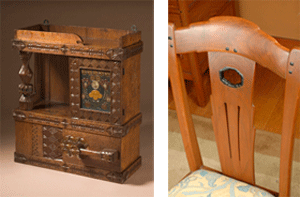
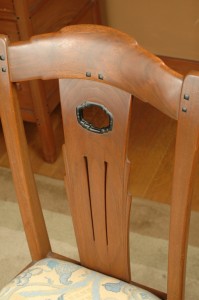





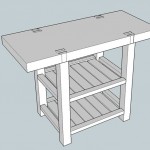
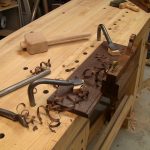
Sorry for the slow response – I just now saw your post.
Good question. I think the purist form of the A&C Movement was found with the English makers. When the movement made its way to America it took a slightly different form.
Although the Hall’s (who built the G&G furniture) did use machines at times, much of their work was done by hand. They honored the craft with a no compromise approach to both design and quality.
This did not go unnoticed by Robert Ashbee, a leading proponent of the English A&C Movement when on a visit to the US in 1909 singled out the Greenes work from amongst all American furniture of the time as equal to the finest in England. I think the Ashbee statement lends validity to the work of the Greenes living up to the standards of the A&C Movement.
But I also believe that many of the other American makers< such as Gustav Stickley, honored the spirit of the movement as well – just in a different way. Stickley’s designs were simple and used machinery where he thought it was of benefit to remove some of the drudgery from the work. While Stickley did not produce pieces requiring a high degree of skill like the Greene’s did – by keeping it simple, he allowed more people to participate and know the joys of simple hand work.
So I think the Greene’s honored the spirit of the A&C movement by placing a high value on excellence. Stickley honored it by making it accessible to many who would not have known the joys of hand work otherwise.
Good post, what are your thoughts on the philosophy of the arts and crafts movement vs the actual production of furniture during this time? There seems to be the ideals of the A&C’s that were not adhered to (or loosely), where as, one of the reasons I’ve always admired the Greene and Greene work; their designs were never meant to be massed produced and were individually designed to suit one application. In general, their body of work in many ways embodies the principles of this movement more than others. Perhaps due to timing it could be argued they are grouped in with this movement simply by way convenience but if so, are they then their own style?